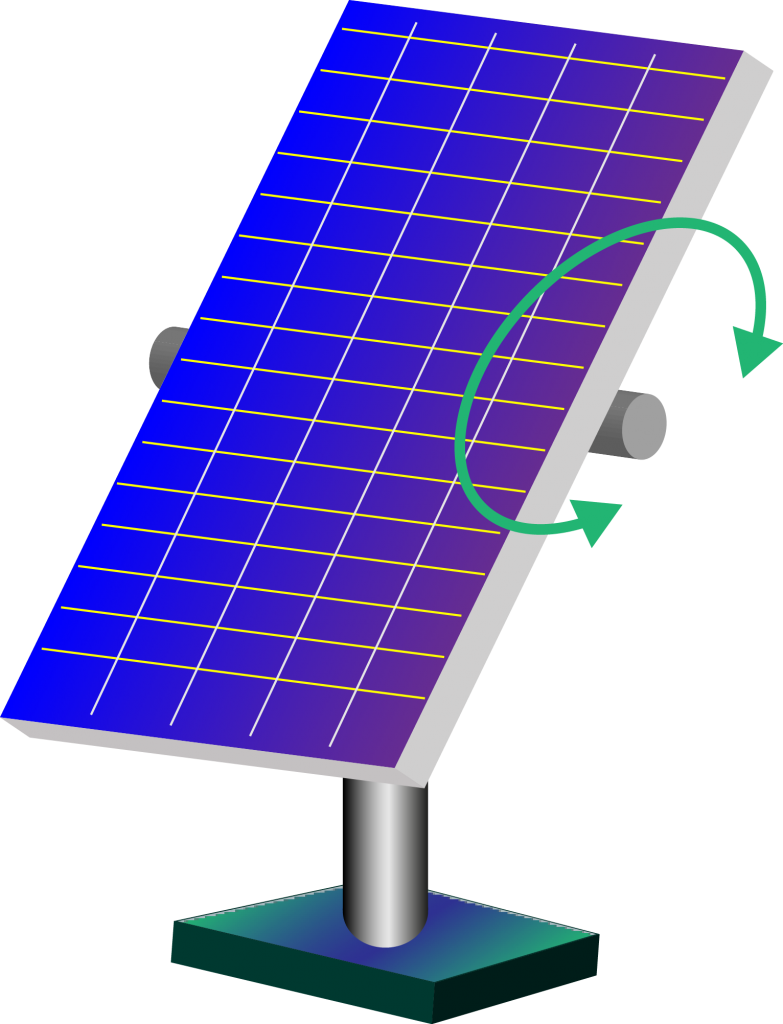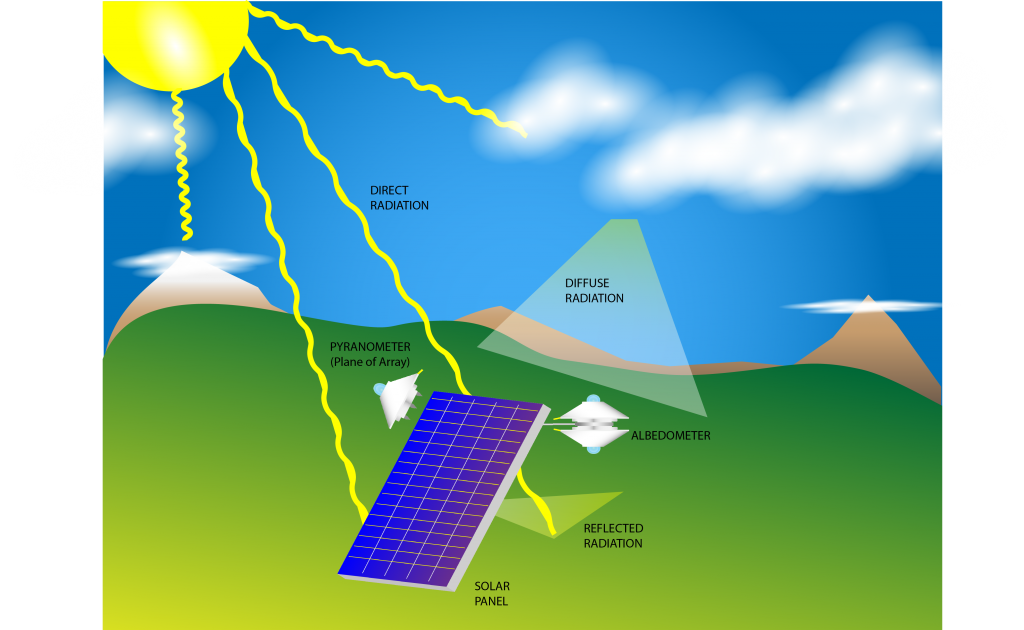
Photo by Andreas Gücklhorn on Unsplash
At the end of 2019 power generation from Solar Photovoltaics (PV) was estimated to be 720 TWh [1], this represents approximately 3% [1] of the total global energy generation.
As the Earth’s primary source of energy is the sun, and certain countries are able to accurately predict annual solar irradiance, it is no surprise that power generation from solar energy increased by 22% in 2019 [2].
Large scale photovoltaic solar energy
Broadly speaking, there are land solar farms and floating solar farms. Unsurprisingly, the former being on dry land and the latter on top of a body of water e.g. lake or reservoir.
Floating solar is relatively new technology but is becoming increasingly prevalent as they offer unique advantages over traditional solar farms. In both cases, maximising exposure to the sun is the core objective.
Traditional photovoltaic solar

Land solar is what most people picture when they think of solar farms. They consist of multiple rows of PV panels, forming arrays, over large swathes of land. Some proposed solar farms such as the SunCable project have a planned area of 120km. Photovoltaic farms are very different from concentrated thermal solar power plants. Solar farms generate electricity within the photovoltaic panels, whereas concentrated thermal solar power plants use mirrors (heliostats) to direct the sunlight on to a central receiver. This receiver heats up fluids to generate steam, this steam then powers turbines which create electricity.
Maximising output
For large solar farms to be financially viable maximising exposure to the sun is a necessity, not a luxury. As such, a rotating axis keeps arrays as close to perpendicular to the sun as possible. Once the sun has set, the panels rotate back to their starting position, ready for the rising sun.
Some more advanced solar farms utilise dual-axis solar tracking systems. Through greater flexibility of movement, panels fitted to these systems are able to accurately track the sun’s path every day throughout the year. Manufacturers claim dual axis-tracked panels can increase output by up to 15%. While these systems maximise energy production, the increase in moving components makes maintenance and installation more expensive.

To further squeeze more energy out of each square meter of land, some solar farms utilise bi-facial panels that have PV cells on both sides i.e. facing the sky and the ground. Energy reflected off the ground is captures by the downward-facing panel.
Such efficiencies make great steps in the solar PV sector to answer criticisms that they deforest large areas of land or reduce farmable land area.
Floating solar
Floating solar farms address both of these criticisms and offer numerous other advantages.
As the name suggests, floating solar farms float on top of large bodies of water. Installed at hydroelectric dams or manmade reservoirs using an otherwise ignored space. This offers significant land savings and reduces the need for deforestation.
Floating solar also saves water by reducing the water temperature hence the rate of evaporation. For drought-stricken areas where water resources are critical, such savings are extremely valuable.
The lower water temperatures from shading also inhibit the growth of algae reducing algal blooms. For reservoirs used as drinking water supplies, this reduces the need for costly water treatment processes.
While floating solar has clear advantages it is costly to set up and poses technological challenges such as securing the panels in place and the ease of maintenance.
[1] https://www.iea.org/reports/solar-pv
[2] https://www.cleanenergycouncil.org.au/




